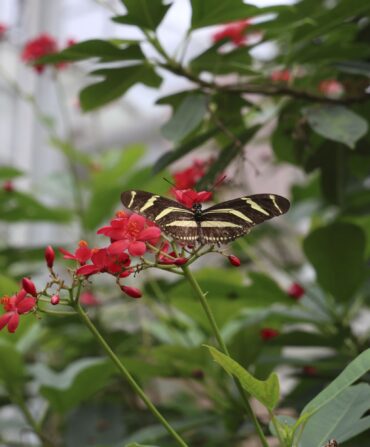Americans consume more than two billion oysters each year. Raw, grilled, steamed, fried, or cooked into a stew, we’ll take the bivalves any way we can get them. And the watermen in Virginia are more than happy to help. The Commonwealth is the largest producer of wild-catch and farm-raised oysters in the country. To celebrate that tradition, governor Terry McAuliffe launched the Virginia Oyster Trail in November. The meandering path, which covers all of coastal Virginia, includes locally-owned restaurants, seafood companies, oyster farms, eco-tour groups, marinas, lodging, state parks, and protected coastline. There’s so much to explore, you’d be hard-pressed to experience it all in one go—or even several. Thanks to responsible oyster farming the old “R” month rule no longer applies, so even as winter draws to a close, here are five reasons we’re excited to hit the trail.

1. You’ll find flavor—and lots of it. With eight distinct coastal regions—from seaside to tidewater—you’ll find salty, buttery, and sweet options. “Estuaries, where mountain waters meet ocean waters, are where oysters really thrive,” says Ryan Croxton, co-owner of Rappahannock Oyster Company, and four bivalve-centric restaurants. “We have the luxury of having this incredible bay—the largest estuary in the U.S.. And because of the huge mix of salt water and fresh, pretty much anywhere you plop down here, you get a different taste.” The trail offers a region-by-region flavor guide here.
2. Dine by the water—or in it. Grab a riverside table at Merroir, Ryan and Travis Croxton’s tasting room restaurant at their family-run oyster farm on the Rappahannock. Or if you’re feeling a bit more adventurous, head to Pleasure House Oysters on the Lynnhaven for the Chef’s Table Tour. You’ll pull on waders and head out onto the river with Captain Chris Ludford for a catered meal at a pop-up table in the shallows with oysters plucked from the water beneath you. It’s BYOB, though; so don’t forget to pack the wine.

From left: Oysters at Merroir; the Chef’s Table Tour at Pleasure House Oysters.
3. You can be a waterman for the day—and night. At Pleasure House Oysters, you can also book the Waterman Tour to work alongside the oyster farmers gathering oysters, crabs, eels, and fish pots, depending on the season. For those who prefer to stay dry, the Hope & Glory Inn in Irvington offers Chesapeake Bay cruises on the Faded Glory, their fully restored deadrise, the traditional workboat of Virginia watermen. Or turn back time and paddle out into the Eastern Shore’s remote marshlands to overnight in a century-old waterman’s cabin with SouthEast Expeditions.

The Faded Glory.
4. Old-fashioned Southern hospitality comes served with a side of history. Make a weekend of your oyster outing and book rooms at any of the trail’s quaint coastal inns—long on charm and creature comforts. Book a stay at the Inn at Stratford Hall in the Northern Neck to stay on the stunning Potomac River property, where two signers of the Declaration of Independence resided and Robert E. Lee was born. Rooms at the historic Inn at Tabbs Creek, located on a sleepy tributary of the East River off Mobjack Bay, come with water views. And there’s a restored deadrise here, too, in case you’re after a cocktail cruise.

The Inn at Tabbs Creek.
5. Take in the sheer natural beauty of the Bay area. The Chesapeake offers spectacular scenery. Get out on the water with groups like Ebbing Tide Eco Tours out of Virginia Beach, which offers daily (and nightly) paddleboard and kayak trips. Landlubbers should carve out time to explore Westmorland State Park, whose 1,299 acres butt up against George Washington’s birthplace. And you can’t do better than the park’s Horsehead Cliffs for sweeping views of the Potomac.
For a complete list of tour stops visit virginiaoystertrail.com.







